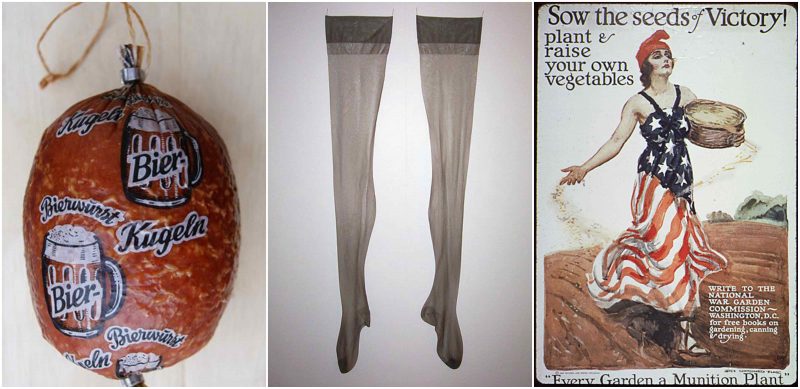Wilson’s White House sheep
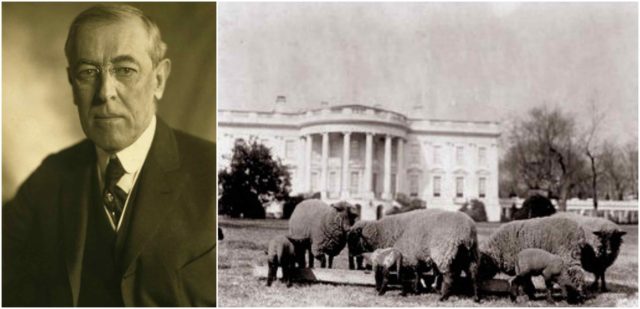
During World War I, visitors to 1600 Pennsylvania Avenue were greeted by an unusual sight on the White House lawn: a flock of several dozen sheep. President Woodrow Wilson purchased the animals in 1918 as part of a scheme to cut down on maintenance costs during wartime. The grass-chomping livestock acted as roving lawn mowers and fertilizer, allowing White House groundskeepers to enlist in the armed forces. Wilson also had the flock sheared once a year so he could peddle their “White House Wool” at auctions benefiting the Red Cross. During one sale, the rare fleece netted a whopping $52,823. Wilson’s sheep were sold in 1920, but they were a major hit with the public in the days before they left the presidential pasture. One ram named Old Ike even became a minor celebrity for his grumpy disposition and insatiable appetite for discarded cigar butts.
Alcohol restrictions
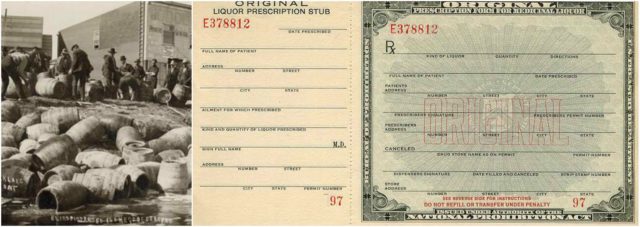
The same month the United States entered World War I, Yale economist Irving Fisher famously argued that the barley used in brewing beer could be put to better use baking bread to feed American troops. Others asserted that alcohol was a luxury that gobbled up much-needed resources and impaired job performance in wartime factories. These calls were fueled as much by a yearning for prohibition as they were by patriotism, but they were ultimately successful in winning restrictions on booze. In 1917 and 1918, measures were enacted limiting everything from the sale of alcohol around military bases and munitions plants to the amount of grain allotted to beer brewers. Other countries made similar efforts to keep their citizens clearheaded. Britain shortened pub hours and made it illegal to buy drinks for other patrons, and King George V tried to set an example by swearing off alcohol for the duration of the war. In Russia, Czar Nicholas II took the more extreme step of banning the sale and production of vodka outright.
Victory Gardens
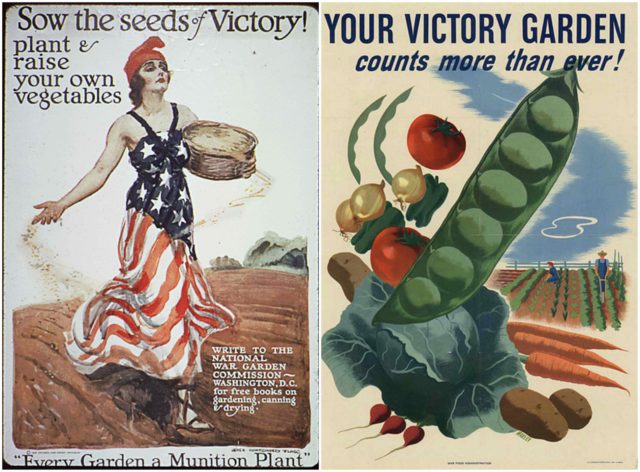
In March 1917, Charles Lathrop Pack organized the US National War Garden Commission and launched the war garden campaign. Food production had fallen dramatically during World War I, especially in Europe, where agricultural labor had been recruited into military service and remaining farms devastated by the conflict. Pack and others conceived the idea that the supply of food could be greatly increased without the use of land and manpower already engaged in agriculture, and without the significant use of transportation facilities needed for the war effort. The campaign promoted the cultivation of available private and public lands, resulting in over five million gardens in the USA and foodstuff production exceeding $1.2 billion by the end of the war. President Woodrow Wilson said that “Food will win the war.”
The “Grow Your Own” movement later became even more popular during World War II. Spurred on by propaganda posters urging them to “Grow Vitamins at Your Kitchen Door,” Americans planted 20 million gardens and cultivated nearly half the nation’s vegetables in their backyards. First Lady Eleanor Roosevelt even promoted the cause by planting a Victory Garden at the White House.
Stocking rationing
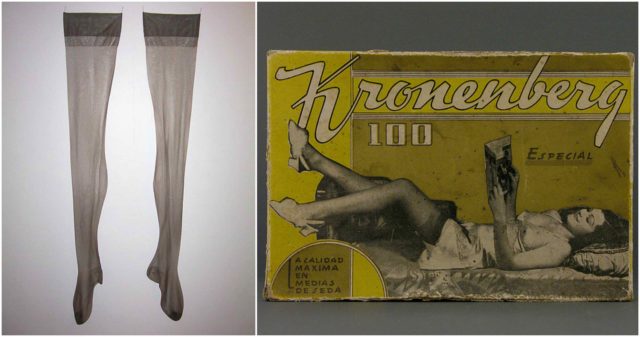
Along with the rationing of food, rubber, and gasoline, World War II also saw the U.S. government place strict limits on the sale of nylon, a synthetic material needed for ropes, netting, and other military equipment. That was bad news for American women, many of whom had been crazy for nylon stockings ever since they hit shelves in 1940 (the first batch of 4 million sold out in only two days). Nylons effectively vanished from stores around 1942, and patriotic women lined up to donate their old hosiery so it could be repurposed into parachutes and powder bags. Most ladies chose to go bare-legged for the rest of the war, but some turned to so-called “liquid stockings,” a do-it-yourself method that involved using leg makeup and an eyebrow pencil to recreate the look of stockings, seams and all.
German sausage bans
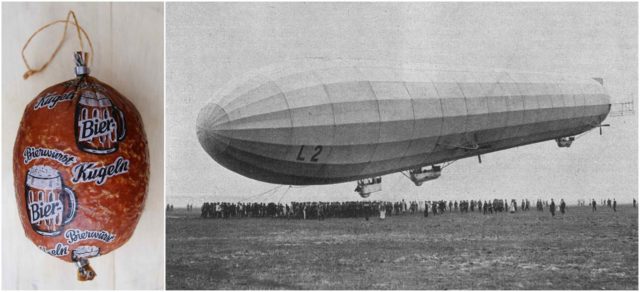
Zeppelin airships were a key weapon for the Central Powers during the 1914 to 1918 war but production placed a huge demand on cow guts, which were used to make gas holding cells. It took more than 250,000 cows to make a single airship and the animals’ intestines became so precious that making the popular bratwurst and other sausages was temporarily made illegal in areas under German control.
Although Winston Churchill dismissed them as “enormous bladders of combustible and explosive gas” before the first world war began, the leviathans that loomed out of the night skies to drop their bombs on England nearly a century ago exploded the illusion of civilian safety on the home front forever.
To millions of sausage-starved Germans, however, Zeppelins were perhaps less harbingers of a new kind of warfare than colossal reminders of the culinary sacrifices required by the fatherland.
The British pet purge
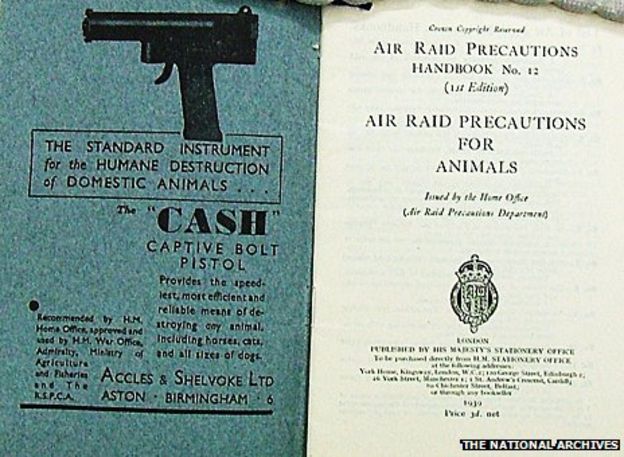
The British Pet Holocaust was an event in 1939 in the United Kingdom where over 750,000 pets were killed in preparation for food shortages during World War II.
In the summer of 1939, just before the outbreak of war, the National Air Raid Precautions Animals Committee (NARPAC) was formed. It drafted a notice – Advice to Animal Owners. The pamphlet said: “If at all possible, send or take your household animals into the country in advance of an emergency.” It concluded: “If you cannot place them in the care of neighbors, it really is kindest to have them destroyed.” The pamphlet also contained an advertisement for a pistol that could be used to humanely kill pets.
Daylight Saving Time
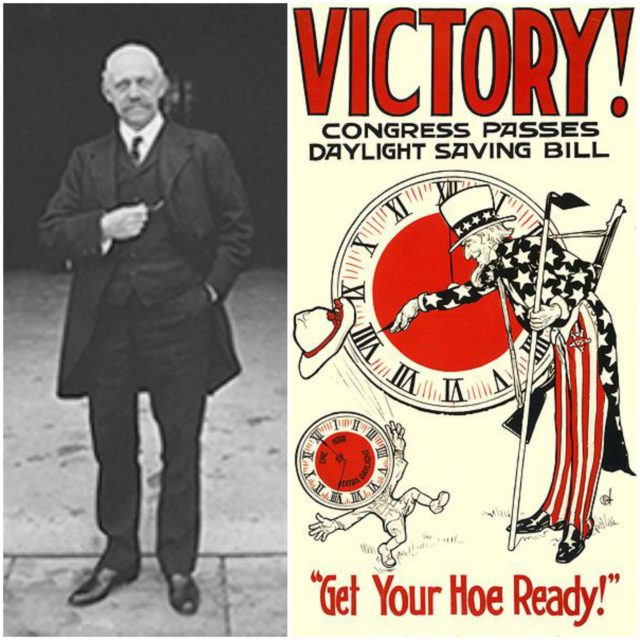
While on an early-morning horseback ride around the desolate outskirts of London in 1905, Englishman William Willett had an epiphany that the United Kingdom should move its clocks forward by 80 minutes between April and October so that more people could enjoy the plentiful sunlight. The Englishman published the 1907 brochure “The Waste of Daylight” and spent much of his personal fortune evangelizing with missionary zeal for the adoption of “summer time.”
It took World War I for Willett’s dream to come true, but on April 30, 1916, Germany embraced daylight saving time to conserve electricity. (He may have been horrified to learn that Britain’s wartime enemy followed his recommendations before his homeland.) Weeks later, the United Kingdom followed suit and introduced “summer time.”
